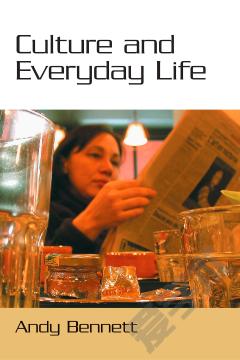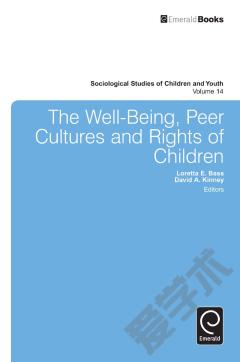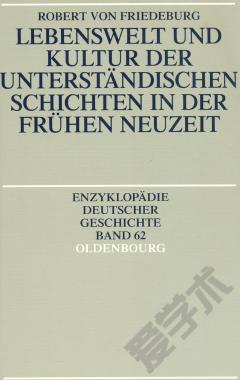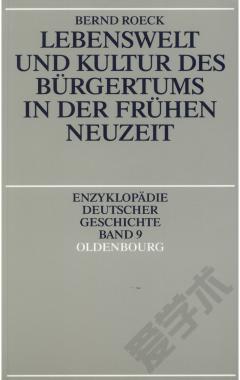Arapaho Child Life and Its Cultural Background
The purpose of the present study is to record the customs, beliefs, and traditions of the primitive Arapaho Indians of the United States as found in the development and training of the child. Childhood among the primitive Arapaho began with birth. It ended when the child was sufficiently mature to no longer need, or be subject to, parental protection and direction. They were children as long as the father and the mother supplied their needs; clothed and fed them; saved their treasures and belongings for them; cared for their horses and their ponies; gave them advice and made them obey. In fact as long as they were under the general protection of the family. A girl was considered mature after puberty. Her childhood ended then, or at least shortly afterward. She was of marriageable age after puberty. The end of a boy's childhood was not so definite. In formants thought it ended with puberty, but no one considered a boy mature then. When a boy's voice had changed — that happened when he was about 14, 15, 16, or 17 years old — he was no longer considered a child. But neither was he a man until he was about 20 years old. At 15 a boy was eligible for membership in the Stars, the second and last of the boys' societies. At 17 he was permitted to join the first of the men's societies, the Tomahawks.
{{comment.content}}








 京公网安备 11010802027623号
京公网安备 11010802027623号